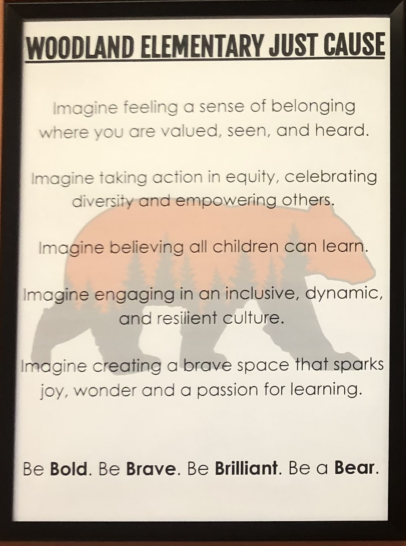
Blog
Woodland Elementary Expands Their Use of The Imagine Project!
The Imagine Project (TIP) is currently working with the incredible staff at Woodland Elementary in Cherry Creek Schools in Colorado to make Imagine story writing

The Imagine Project (TIP) is currently working with the incredible staff at Woodland Elementary in Cherry Creek Schools in Colorado to make Imagine story writing




Join our community to get the latest tips, exclusive offers, and updates straight to your inbox. Don’t miss out—subscribe now and be the first to know!